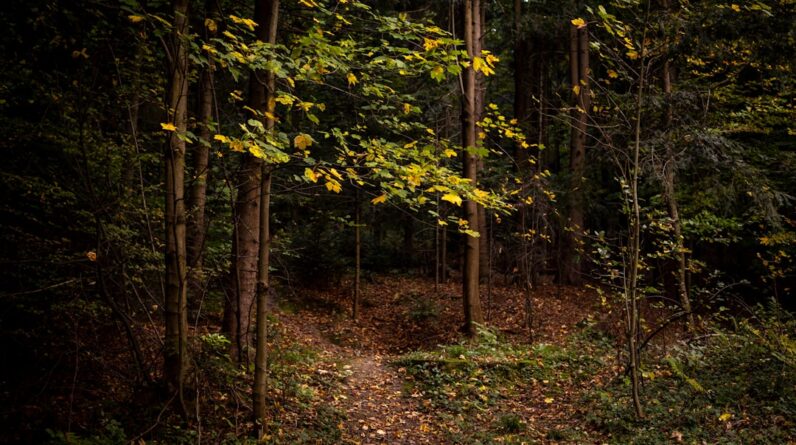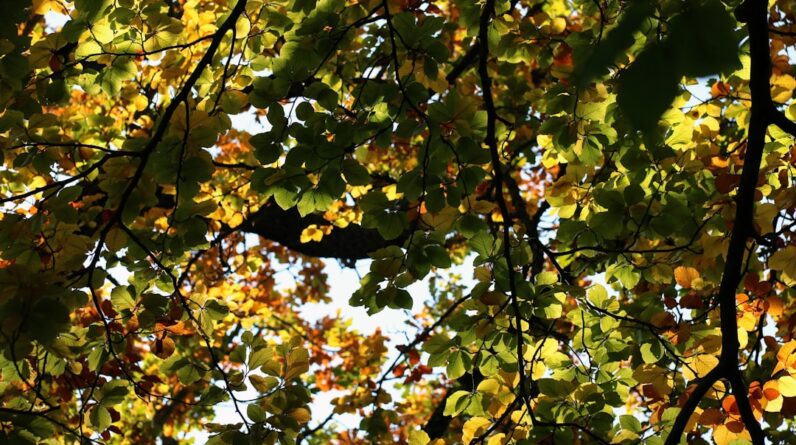Nova Scotia, located on the eastern coast of Canada, is known for its rich musical heritage. The province is home to a diverse range of musical traditions that have shaped its cultural identity. From folk music to Celtic and Acadian influences, sea shanties and work songs, country music, fiddles and bagpipes, African Nova Scotian music, rock and roll, and singer-songwriters, Nova Scotia’s music scene is as varied as its landscape.
Music plays a significant role in the cultural fabric of Nova Scotia. It is a way for the province’s residents to connect with their roots, express their emotions, and celebrate their heritage. Whether it’s a lively fiddle tune at a kitchen party or a soulful ballad at a local pub, music brings people together and creates a sense of community. It is through music that the stories and traditions of Nova Scotia are passed down from generation to generation.
Key Takeaways
- Nova Scotia has a rich musical heritage that draws from a variety of cultural traditions.
- East Coast folk music has deep roots in Nova Scotia and continues to be an important part of the province’s musical landscape.
- Celtic and Acadian traditions have had a significant influence on Nova Scotian music, particularly in the realm of fiddle and bagpipe music.
- Sea shanties and work songs have played an important role in Nova Scotia’s musical history, reflecting the province’s strong ties to the sea.
- Nova Scotia’s musical diversity is celebrated through a range of genres, from traditional tunes to modern mashups.
Exploring the Roots of East Coast Folk Music
The origins of folk music in Nova Scotia can be traced back to the early settlers who arrived in the region in the 18th century. These settlers brought with them their musical traditions from Scotland, Ireland, and England, which blended with the local Indigenous music to create a unique East Coast sound.
Traditional instruments such as the fiddle, guitar, banjo, and accordion are commonly used in East Coast folk music. The style is characterized by lively dance tunes and heartfelt ballads that tell stories of love, loss, and everyday life. Some popular folk songs from the region include “Barrett’s Privateers” by Stan Rogers, “Farewell to Nova Scotia” by The Rankin Family, and “The Island” by Ashley MacIsaac.
The Influence of Celtic and Acadian Traditions on Nova Scotian Music
The history of Celtic and Acadian immigration to Nova Scotia has had a profound impact on the province’s music. The Celtic influence can be traced back to the Scottish and Irish settlers who arrived in the region in the 18th and 19th centuries. Their music, characterized by lively jigs and reels, has become an integral part of Nova Scotia’s musical landscape.
Similarly, the Acadian influence can be traced back to the French settlers who arrived in Nova Scotia in the 17th century. Their music, characterized by lively fiddle tunes and soulful ballads, has also left a lasting impression on the province’s music scene.
Examples of Celtic and Acadian-inspired songs include “The Mummer’s Dance” by Loreena McKennitt, “Le Reel de la Pointe-au-Pic” by La Bottine Souriante, and “La Tempête” by Vishtèn.
The Rise of Sea Shanties and Work Songs in Nova Scotia
The sea has always played a significant role in Nova Scotia’s history, particularly in relation to the fishing industry. As a result, sea shanties and work songs have emerged as an important part of the province’s musical heritage.
Sea shanties were work songs sung by sailors to coordinate their efforts while performing tasks onboard ships. These songs helped to maintain rhythm and morale during long hours of labor. Work songs, on the other hand, were sung by fishermen and other laborers to make their work more enjoyable and pass the time.
Some popular sea shanties and work songs from Nova Scotia include “Rolling Down to Old Maui,” “Blow Ye Winds in the Morning,” and “The Ryans and the Pittmans” by Great Big Sea.
The Emergence of Nova Scotia’s Country Music Scene
Country music has also found a home in Nova Scotia. The history of country music in the province can be traced back to the early 20th century when radio became popular and brought country music to the masses.
Nova Scotia has produced several notable country music artists, including Hank Snow, Anne Murray, and George Canyon. These artists have helped to put Nova Scotia on the map in the country music world.
What sets Nova Scotia’s country music scene apart from other regions is its unique blend of traditional East Coast folk music with country influences. This fusion of styles creates a distinct sound that is both familiar and unique to Nova Scotia.
The Role of Fiddles and Bagpipes in Nova Scotian Music

Fiddles and bagpipes have long been associated with traditional Nova Scotian music. The fiddle, in particular, has played a central role in East Coast folk music, providing the driving rhythm and melody for lively dance tunes.
Over time, the fiddle has evolved to incorporate influences from other musical traditions, such as Celtic and Acadian music. Today, fiddle players in Nova Scotia continue to push the boundaries of the instrument, experimenting with new techniques and styles.
Similarly, bagpipes have become synonymous with Nova Scotian music, particularly in Celtic-inspired tunes. The haunting sound of the bagpipes adds a unique element to traditional Nova Scotian music and is often featured in performances and festivals throughout the province.
The Impact of African Nova Scotian Music on the Province’s Cultural Landscape
The history of African Nova Scotians dates back to the 17th century when Black Loyalists and refugees from the American Revolution settled in the province. Despite facing significant challenges and discrimination, African Nova Scotians have made significant contributions to the province’s music scene.
African Nova Scotian music draws on a variety of influences, including gospel, blues, jazz, and R&B. Artists such as Portia White, Joe Sealy, and Reeny Smith have helped to shape the African Nova Scotian music scene and have gained recognition both nationally and internationally.
It is important to recognize and celebrate the diversity of Nova Scotia’s music scene, including the contributions of African Nova Scotians. Their music adds a unique and vibrant element to the province’s cultural landscape.
The Evolution of Rock and Roll in Nova Scotia
Rock and roll has also found a home in Nova Scotia. The history of rock and roll in the province can be traced back to the 1960s when local bands began to emerge and gain popularity.
Over the years, Nova Scotia has produced several notable rock and roll artists, including April Wine, Sloan, and Joel Plaskett. These artists have helped to establish Nova Scotia as a hub for rock and roll music in Canada.
The rock and roll scene in Nova Scotia has evolved over time, incorporating influences from various genres such as folk, country, and punk. Today, there is a thriving rock and roll community in the province, with local bands performing at venues and festivals throughout the year.
The Legacy of Nova Scotia’s Singer-Songwriters
Singer-songwriters have played a crucial role in Nova Scotia’s music scene. These artists write and perform their own songs, often drawing inspiration from their personal experiences and the world around them.
Nova Scotia has produced several notable singer-songwriters, including Rita MacNeil, Sarah McLachlan, and Jenn Grant. These artists have not only achieved success in their own right but have also influenced the wider music industry with their heartfelt lyrics and soulful performances.
Singer-songwriters provide a unique perspective on Nova Scotia’s rich musical heritage. Their songs capture the essence of the province’s landscapes, people, and stories, creating a lasting legacy for future generations.
Celebrating Nova Scotia’s Musical Diversity: From Traditional Tunes to Modern Mashups
It is important to celebrate Nova Scotia’s diverse musical traditions and recognize the contributions of artists from all backgrounds. From traditional tunes to modern mashups, Nova Scotia’s music scene continues to evolve and innovate.
One example of this innovation is the blending of traditional and contemporary styles. Artists such as The Barra MacNeils and The Stanfields have taken traditional East Coast folk music and infused it with elements of rock, punk, and other genres, creating a fresh and exciting sound.
By embracing its musical diversity, Nova Scotia can continue to foster creativity and inspire future generations of musicians. Whether it’s a traditional fiddle tune or a modern mashup, the music of Nova Scotia will always have a special place in the hearts of its residents and visitors alike.
Conclusion: Recap of Nova Scotia’s rich musical heritage and the importance of preserving and celebrating its diverse traditions.
Nova Scotia’s rich musical heritage is a testament to the province’s cultural identity. From folk music to Celtic and Acadian influences, sea shanties and work songs, country music, fiddles and bagpipes, African Nova Scotian music, rock and roll, and singer-songwriters, Nova Scotia’s music scene is as diverse as its landscape.
Music plays a vital role in connecting people to their roots, expressing emotions, and celebrating heritage. It is through music that the stories and traditions of Nova Scotia are passed down from generation to generation. By preserving and celebrating its diverse musical traditions, Nova Scotia can ensure that its rich heritage continues to thrive for years to come.
Check out this related article on Travelogs: “The Transition Journey: Managing Menopause with Ease”. Menopause is a natural phase of life that many women go through, but it can come with its fair share of challenges. In this article, you’ll discover practical tips and strategies for navigating the transition with ease. From managing symptoms to maintaining overall well-being, this article provides valuable insights for women going through menopause. So if you’re looking for guidance and support during this stage of life, be sure to give it a read. Read more








